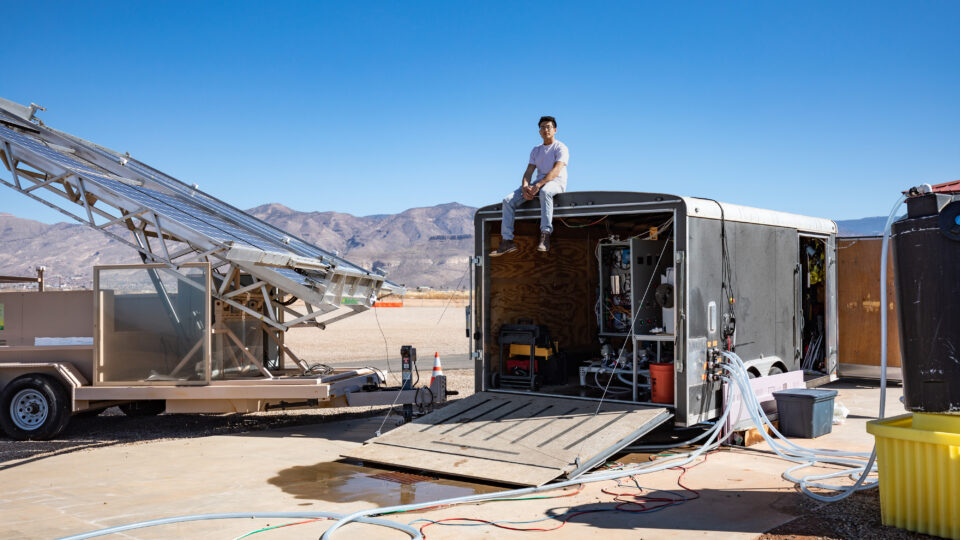People in remote, low-income regions far from the ocean often need to meet their water needs from groundwater and groundwater is becoming increasingly saline due to climate change. Desalination of brackish groundwater is a huge and largely untapped source of drinking water, but there are challenges in making the process efficient and reliable.
Engineers at MIT have developed a solar-powered desalination system that requires no batteries or external power sources and is capable of producing large quantities of clean water despite the variations of sunshine throughout the day.
The system is based on the process of electrodialysis and consists of water pumps, an ion-exchange membrane stack, and a solar panel array. What is unique about it is that it makes use of sensors and a control system that predicts the optimal rate at which to pump water through the system based on the output of the solar panels. As a result, it uses nearly all of the electricity generated to produce clean water and does not need stored or grid-based energy.
The MIT engineers tested a community-scale prototype on groundwater wells in New Mexico over a six-month period. The system harnessed on average over 94% of the electricity generated by its solar panels and produced as much as 5,000 liters of water per day despite large variations in weather and sunlight.
The new renewable-powered, battery-free system could provide much-needed drinking water at low cost, especially for communities where access to seawater and to grid power are limited. The team plans to further test and scale up the system so it can supply larger communities and even whole municipalities with low-cost drinking water.
**********
Web Links
Solar-powered desalination system requires no extra batteries
Photo courtesy of Shane Pratt.
Earth Wise is a production of WAMC Northeast Public Radio
